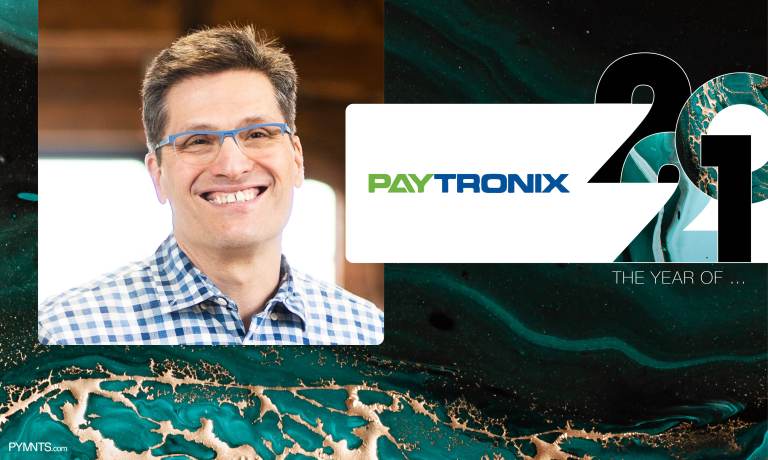
Ghost kitchens aren’t just a flash in the pan. Hungry consumers are turning to digital channels in unprecedented numbers to answer the age-old question “What’s for dinner?” For restaurateurs, this offers an opportunity to build brands without having to invest in costly storefronts, says Paytronix CEO Andrew Robbins. Read his thoughts in the PYMNTS eBook, “In a Word: 50 Thought Leaders Sum Up 2021.”
When we all first started hearing about ghost kitchens, it was a simple idea: Commercial kitchens placed in spaces that don’t normally work as restaurants, designed to produce food sold exclusively through online channels. The idea itself predates the pandemic, but it truly started taking off when COVID quickly shifted the world to digital ordering and delivery.
When that happened, brands had a couple of major realizations. Initially, they discovered the digital-first economy in which the brand experience happened almost exclusively over a mobile device. For many restaurants, however, digital demand for their own brands wasn’t enough volume to reach profitability. Some restaurants got the idea to create their own delivery-only ghost brands to increase reach and fill their kitchens. High-profile successes like Chili’s, with the launch of It’s Just Wings, led the way — and now some chains use as many as 15 delivery-only ghost brands out of a single location.
That led them to a truly revolutionary concept: A restaurant brand can be disconnected from its physical locations and, in many cases, increase revenue by outsourcing the making of food. In other words, we’re watching the ghosts grow in two directions. On one side, you have a restaurant learning how to turn its kitchen into a production facility for multiple brands, helping to reach new audiences and drive additional revenue. On the other side, you have commercial kitchens emerging in spaces like warehouses and parking lots, to become production facilities for the brands that hire them. If Chili’s can create a new brand out of thin air and be successful without the consumer understanding the connection between brands, then non-restaurant companies can be successful with the same strategy.
The restaurant industry survived the first onslaught of software eating the world, which started with DoorDash and Grubhub disintermediating the market with delivery. It quickly learned that you can’t just own a website, but you must have a kitchen — so now the software revolution is entering the “Kitchen Wars,” in which every restaurant, no matter how small, finds the opportunity to launch multiple brands or multiple locations without a major investment.
Who can run the kitchen is being tested, as well. Reef, which had been known only as a parking lot company, is now installing ghost kitchens on its properties and selling access to brands. Even the social media platform TikTok is getting into the game, partnering with Virtual Dining Concepts and Grubhub to launch new brands. Virtual Dining Concepts is connected to Earl Enterprises and its existing restaurant brands, bringing those locations additional revenue with a new line of virtual brands.
Consumers are now primed to start with digital search when they get hungry, so who is going to win? Is the customer searching for a brand or a product? Is the brand a strong factor in their short-term purchasing decision, or does anyone with a kitchen who can deliver food in time win that search-based transaction? Of course, in-person dining remains strong, and we’ve seen evidence that people want to have these experiences — but where will the balance lie and how will brands adjust?
We’ll need something more substantial than ghosts to know for certain.